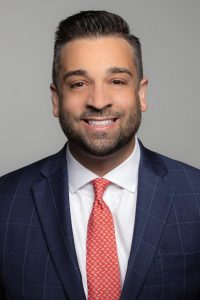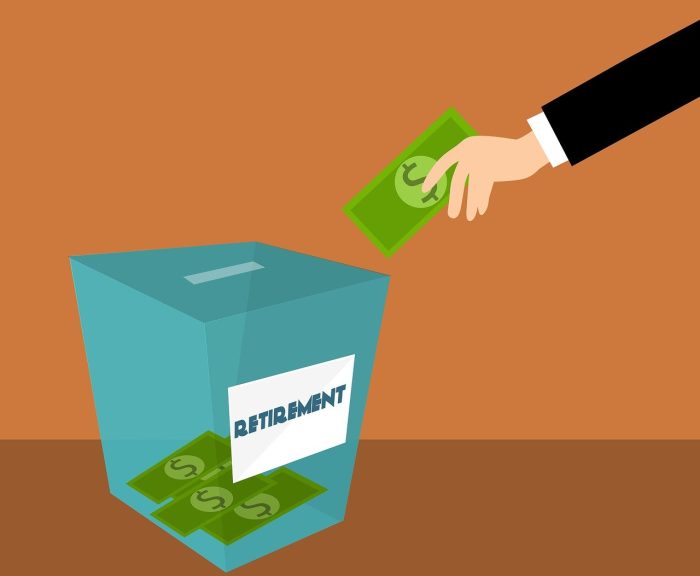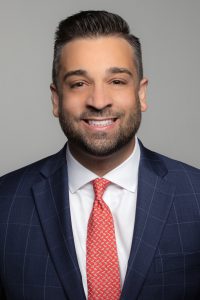By Michael Christodoulou

It’s important to save for retirement, but only half of Americans have calculated how much money they’ll need, according to the 2024 Retirement Confidence Survey by the Employee Benefit Research Institute. Yet without knowing how much you’ll need, it’s hard to know if you’re on track to reach your goals for retirement. Here are a few considerations to help shape your retirement savings strategy.
Calculate how much you’ll need. You may dream of retiring “comfortably,” but how do you define “comfortable” in terms of actual money? Take the time to outline how much you spend now, and how much you think you’ll spend in retirement. That will help you understand how much you need to save now to afford the retirement lifestyle you want later. A financial advisor can help with building and managing your retirement strategy.
Start saving now. It’s easy to procrastinate, especially if you are younger and further away from retirement. But the earlier you start, the less you may need to save from each paycheck to build your funds over time. If you’re closer to retirement, you can take advantage of catch-up contributions to most 401(k), 403(b), governmental 457 plans and the federal government’s Thrift Savings Plan.
If you’re 50 or older, you can save pretax an extra $7,500 to your retirement account beyond the standard total limit of $23,500 allowed in 2025. Those 60–63 years old can contribute to these plans an extra $11,250 above the standard total limit. That’s an annual total of $31,000 for people ages 50 and older; or $34,750 for those 60–63 years old in pretax retirement plan contributions.
Take the right amount of risk. You may think it’s risky to put money away for retirement instead of keeping it handy for discretionary spending. But the biggest risk of all is not reaching your retirement goal. For example, a portfolio that’s all in cash will have little increasing value over time and won’t provide any growth potential even to keep up with inflation. It’s as if you’re losing money every year. Then again, if your investments are only keeping up with inflation, your money is not growing. Consider growth investments to help build the funds you’ll need in retirement. The key is ensuring you have the appropriate amount of risk — not too much, but not too little — to achieve your growth goals.
Save separately for emergencies. To protect your hard-earned retirement savings, build an emergency fund separate from your long-term investments. It can help ensure you have what you need to cover surprises like a large auto repair, unexpected medical bills, temporary loss of income from changing jobs or early retirement caused by health issues.
For most people, three to six months’ worth of total expenses is an appropriate amount for an emergency fund. And you’ll want to keep it in an accessible, low-risk account that holds cash and equivalents. Above all, try to avoid taking money from your long-term retirement investments. Doing so could result in taxes, penalties and reductions to your overall principal investment, all of which could affect your retirement savings.
What will your distribution strategy be? Having a clear strategy for withdrawing funds from your retirement account to supplement your retirement income is essential. Simply requesting distributions from your financial institution without a structured plan and understanding the following strategies can jeopardize the longevity of your retirement savings. In fact, the risk of outliving one’s assets remains the top concern for retirees. To mitigate this risk, consider doing some research to calculate your reliance rate and understanding the planning strategy named, sequence of return risk.
These retirement income techniques are utilized by financial advisors who specialize in retirement income planning. Please consult a financial professional who specialized in retirement planning.
Retirement should be an exciting time to enjoy what you’ve worked so hard to earn. Planning for what you’ll need and protecting those savings can help ensure a comfortable future and provide the peace of mind of not outliving your assets.
Michael Christodoulou, ChFC®, AAMS®, CRPC®, CRPS® is a Financial Advisor for Edward Jones in Stony Brook, Member SIPC.
This article was written by Edward Jones for use by your local Edward Jones Financial Advisor.
















